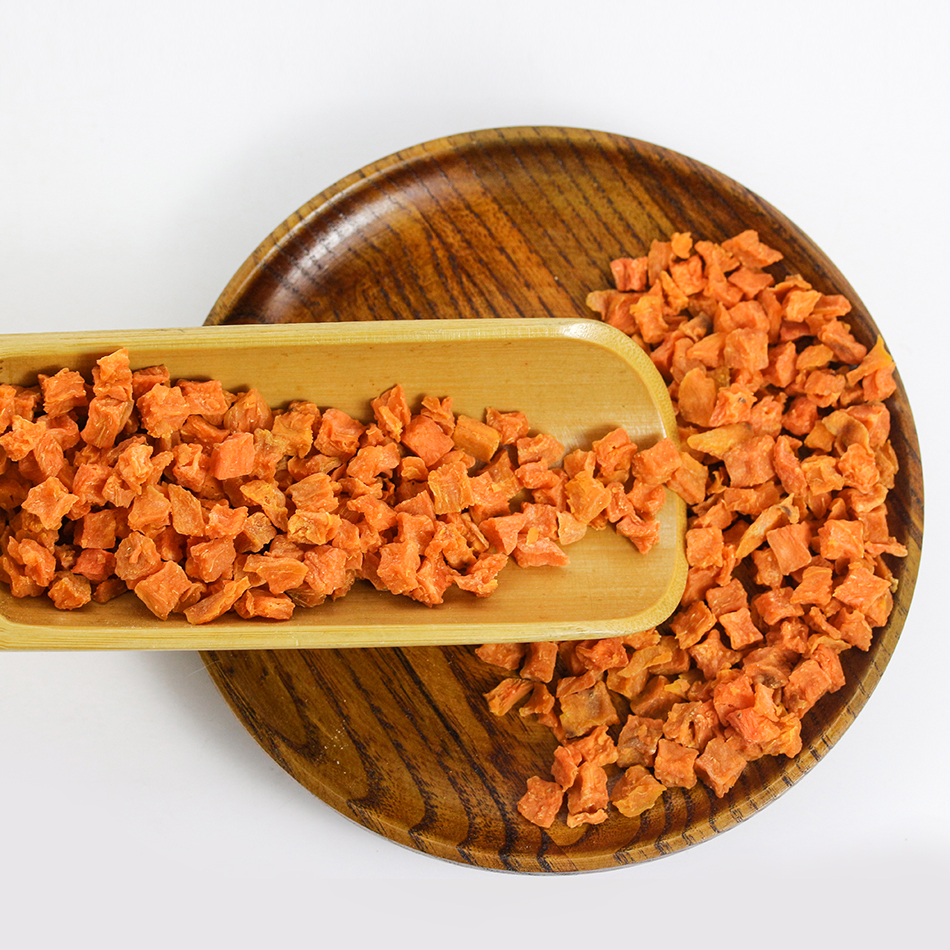At present, during the jointing stage of summer maize, before and after pollination of spring maize, even on rainy days, the lighting is less, the temperature is lower, and precipitation is more, which hinders the photosynthesis of part of spring maize pollination and summer maize, delays the maturation of spring corn or the growth of summer maize. . This also leads to high soil moisture content, poor air permeability, which can easily lead to the occurrence of corn leaf spot, small spot disease, brown spot disease, and partial outbreak of the third generation of armyworm. Therefore, prevention and control measures should be taken in time. Specific prevention and control methods are as follows: First, the size of corn During the big bell mouth period, spray 10% difenoconazole water to disperse granules at 1000 times. Spray every 7 to 10 days and spray 3 times continuously. Second and third generation of armyworm Adult trapping technology. 1 insecticide lamp method. In the adult stage, a solar-powered insecticidal lamp is installed in the corn field at a rate of one mile per 50 mu, and the adult insects are trapped at night. 2 sex trapping method. With traps equipped with the armyworm-trapped entrails, 1 stick per acre was hung in the field to trap and kill adult worms. Larval control technology. The larvae had the best control before the 3rd instar, and the best time was to use the morning or evening larvae when the leaf activity was frequent. 1 Biopesticides: Spray 16,000 Bacillus thuringiensis (Bt) preparations at the hatching height of armyworm eggs, and 20% diflubenzuron 3 suspensions can be used as a 1000-fold solution for young larvae. 2 Chemical pesticides: When the population density of maize population is 50 three generations/hundred or more, it can be sprayed with pesticides such as 4.5% beta-cypermethrin 1000-1500 times, and 10% imidacloprid 2000-2500 times. Protect and use natural enemies technology. Release Trichogramma or Tamako to plant sensible flowers such as sesame and soybean, protect and use natural enemies such as spiders and parasitic bees to control armyworm. Third, corn brown spot Can be used 15% Trifenin WP 1000 times, 10% difenoconazole water dispersible granules 1000 times spray, spray uniform and thoughtful, to protect the upper leaves, especially the leaves above the ear should be sprayed . In order to improve the control effect, some fertility agents such as Tianfengsu, potassium dihydrogen phosphate and urea can be properly added to the medicinal liquid to promote the robustness of corn and improve the disease resistance of corn. In rainy years, it should be sprayed once every 7 days and sprayed 2 or 3 times. If it rains within 6 hours after spraying, it should be sprayed after the rain. Dehydrated Pumpkin Slices
The product requires that the dehydrated pumpkin slices should be light yellow or orange, flaky or filamentous..
Dehydrated Pumpkin Cubes,Dehydrated Pumpkin Granules,Homemade Dehydrated Pumpkin Chunks,Delicious Dehydrated Pumpkin Cubes Laian Xinshuyu Food Co., Ltd , https://www.xinshuyufood.com
The main processing process of dehydrated pumpkin slices includes raw material cleaning, finishing and cutting, blanching, dehydration and packaging.
Pumpkins for dehydration should be selected from ripe pumpkins with good flavor, smooth skin and orange-red flesh.
Washing Dry the pumpkin in clean water to remove dirt such as mud.
Sorting and cutting Remove the stem of the washed pumpkin, then cut it into two halves with a knife, and peel off the outer skin and the inner pulp and seeds. Cut it into 3-4mm or 6-7mm thin slices (you can also use a grater to smash into filaments).
The blanched and cut melon slices are treated with steam or boiling water for 1-3 minutes, then quickly cooled with cold water, and the water droplets are drained.
Dehydration Put the blanched pumpkin slices into a baking sieve for dehydration. The drying temperature is first controlled at 45-60 °C, and then gradually increased, but cannot exceed 70 °C. Dry until the moisture content of the dry product is below 6%.
